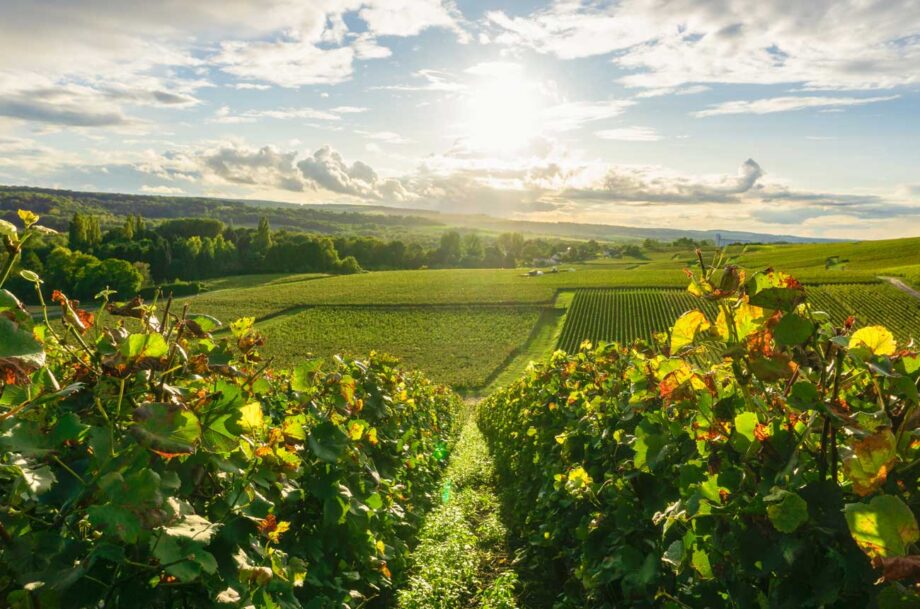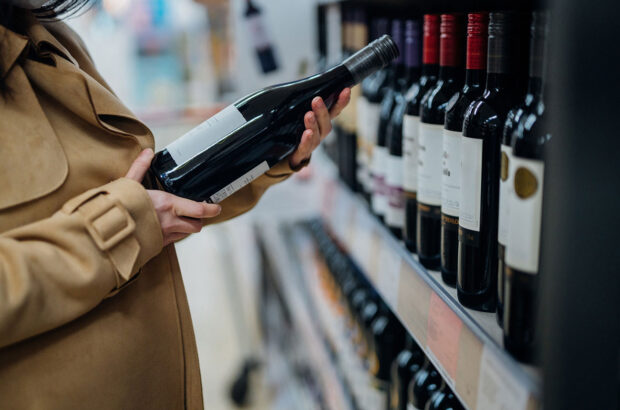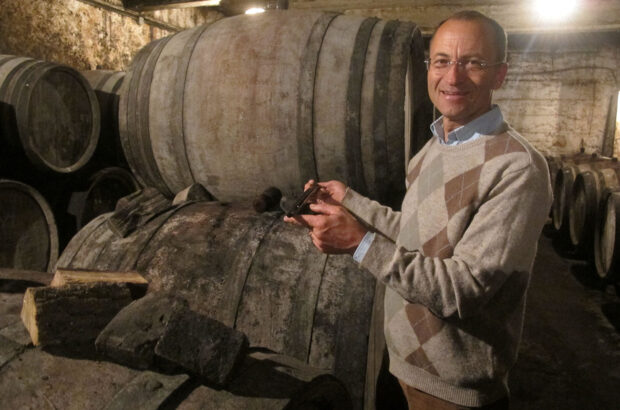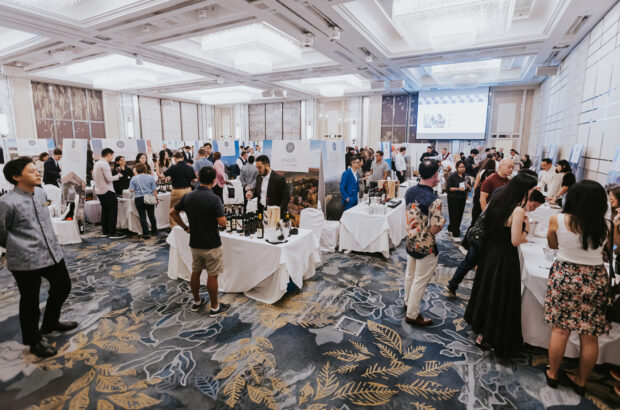France’s wine harvest will jump as much as 17% in 2025 from a year earlier, with higher volumes especially in Burgundy, Champagne and the Loire Valley due to more favourable growing conditions, according to the first forecast from the French agriculture ministry’s Agreste statistics division.
This year’s vintage is expected to end up between 40 million and 42.5 million hectolitres, the statistics office said in a report, a recovery from the previous season, when disastrous weather resulted in the smallest harvest in more than 60 years at 36.3 million hectolitres. Volumes are seen close to the five-year average.
France is expected to remain the world’s second-largest wine producer behind Italy in 2025, based on current forecasts. The country has faced some unusually severe production declines in the past decade due to adverse weather events linked to climate change, from spring frosts, hail and drought to extreme rainfall.
‘In 2025, weather conditions have been more favourable,’ Agreste said. ‘The dry, hot start to the summer helped limit disease pressure, and there is no major weather event to report at this stage.’
In Bordeaux growing area, south-west France and Languedoc-Roussillon, this year’s production increase is partially cancelled out by grubbing-up plans started in 2023, with more than 20,000 hectares of vines removed in those areas since the previous harvest, the statistics unit said.
Burgundy has had favourable weather this season despite some local hail damage, with volumes expected to be ‘significantly’ higher, after severe mildew pressure in 2024. In the Loire Valley, vineyards are healthy, with production forecast to jump from 2024 and seen above the five-year average, despite some hail damage.
Champagne didn’t experience any weather or grape-health issues at this stage, with volumes expected to significantly exceed last year, and be close to average.
In the Bordeaux region, flowering went well and dry weather resulted in far less mildew pressure, Agreste said. Better yields mean production is seen around last year’s level, even after growers grubbed up 8,000 hectares of vines since the previous harvest.
Languedoc-Roussillon is looking better than last year after beneficial rainfall, and production is forecast to rise year-on-year even after more than 10,000 hectares of vines were grubbed up. Grape development is normal and mildew under control, though the Grenache variety suffered from coulure, or the failure of grape flowers to develop into fruit.
Agreste noted a ‘marked precocity’ for grape development in many areas of France, with early flowering in Burgundy, early ripening in the Loire Valley and an expected early harvest in Champagne. Grapes in Bordeaux are 10 to 12 days ahead of schedule, the statistics unit said.
Agreste is scheduled to update its production forecast in September, including a breakdown by region.
Meanwhile, neighbouring Italy is estimated to produce 45million hectolitres this year, in line with previous years even as growers faced drought and episodes of bad weather, farmers’ union Coldiretti said on 31 July. High temperatures accelerated ripening and prompted an early start to harvesting, while grape quality is good to excellent, with fungal diseases such as downy mildew and odium under control.
In Spain, wine and must production is seen at 37.5-38 million hectolitres, according to Cooperativas Agro-alimentarias, the country’s federation of agri-food cooperatives. That would be up from production of around 31 million hectolitres in 2024.






